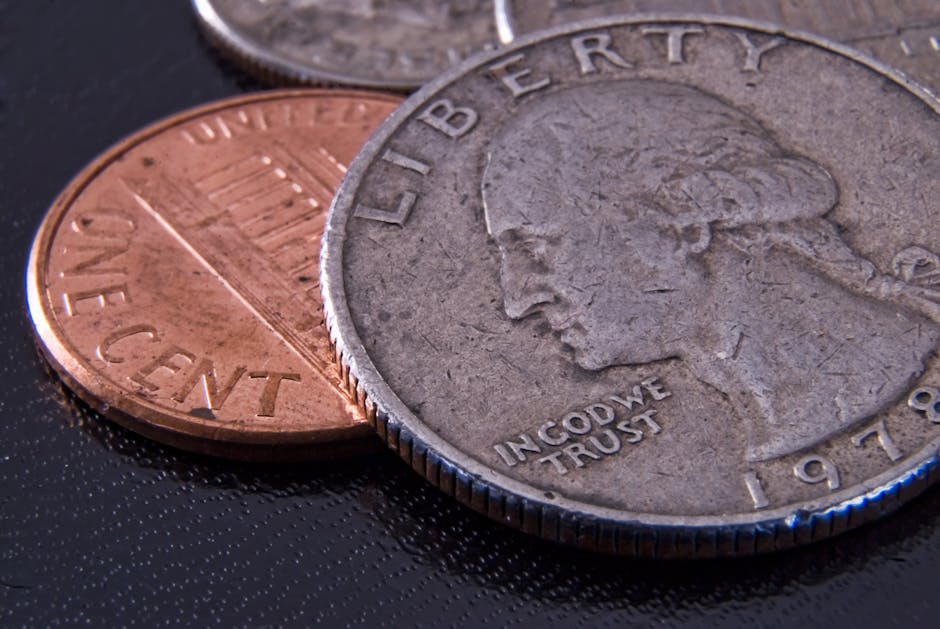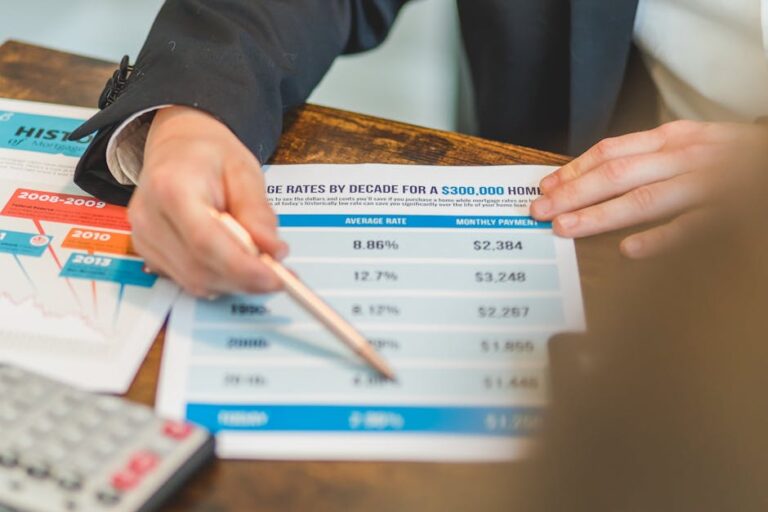A Deep Dive into Treasury Penny Production: From Lincoln Cents to Modern Mints
A Deep Dive into Treasury Penny Production: From Lincoln Cents to Modern Mints
The humble penny, a seemingly insignificant piece of metal, holds a fascinating history woven into the fabric of American economic and social life. Its production, overseen by the United States Treasury, is a complex process that blends technological advancement with unwavering standards of quality and security. This comprehensive guide delves into the intricacies of Treasury penny production, tracing its evolution from the early days of the Lincoln cent to the sophisticated processes of modern minting.
The History of Penny Production: A Timeline
The journey of the penny begins long before its current iteration as the Lincoln cent. Different designs and compositions have marked its history, reflecting evolving tastes and economic realities. Let’s explore some key milestones:
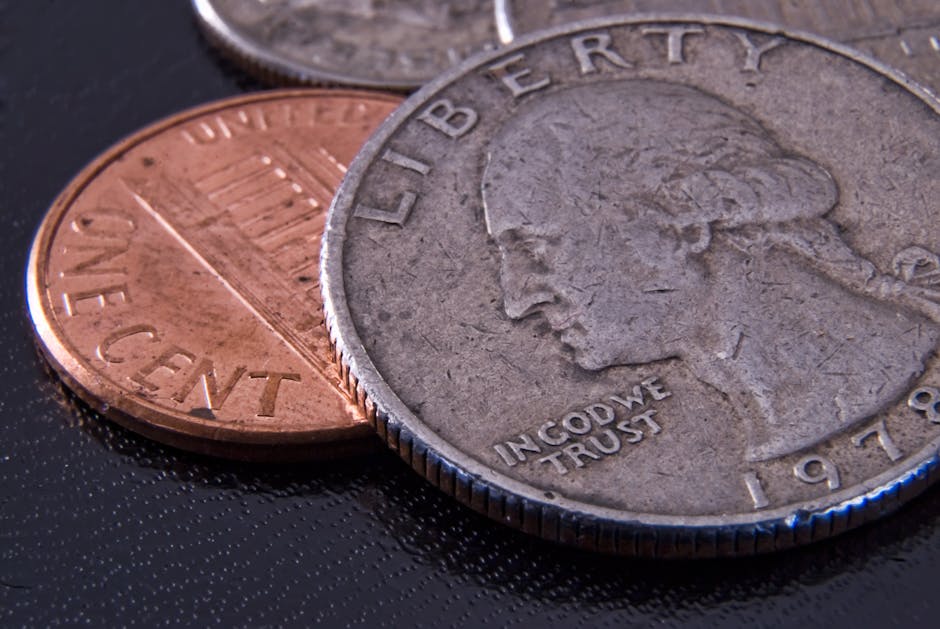
- Early Pennies (Pre-1909): Before the Lincoln cent, various penny designs circulated, each with its own unique story. These include the Large Cents, Half Cents, and Indian Head Cents, offering a glimpse into the changing artistic sensibilities of the nation.
- The Lincoln Cent (1909-Present): The iconic Lincoln cent, featuring Abraham Lincoln’s profile, was introduced in 1909, commemorating the 100th anniversary of his birth. This design has endured, becoming a symbol of American currency.
- Composition Changes: The composition of the penny has also undergone transformations. Initially composed of nearly pure copper, economic pressures led to the introduction of copper-plated zinc cents in 1982. This shift reflected the fluctuating price of copper and the need for cost-effective production.
- Modern Minting Techniques: The production process has also evolved significantly. From hand-operated presses to the high-speed, automated machinery of today, technology has played a pivotal role in increasing efficiency and maintaining consistent quality.
The Modern Penny Production Process: A Step-by-Step Guide
Today’s penny production is a marvel of engineering and precision. Let’s examine the key stages involved:
1. Metal Sourcing and Preparation:
The process begins with sourcing the necessary metals: zinc and copper. These are then refined and prepared to the exact specifications required for penny production. This involves meticulous quality control to ensure the purity and consistency of the materials.
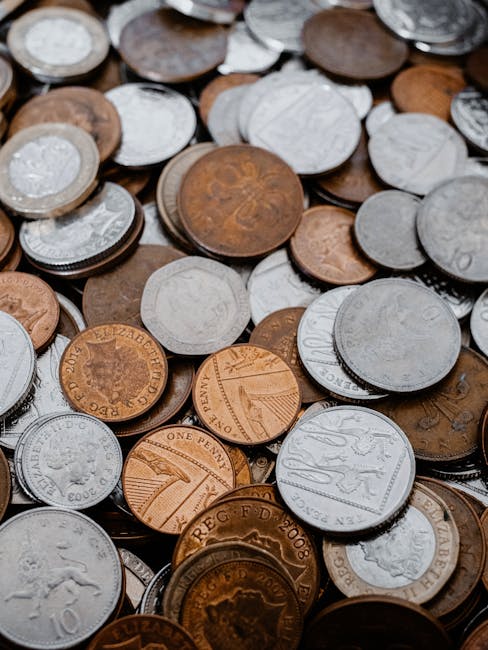
2. Planchet Production:
Planchets, the blank discs that will become pennies, are created using high-speed presses. These presses strike molten metal into precisely sized and shaped blanks, ensuring uniformity across each coin. The process incorporates rigorous quality control measures to reject any planchets with imperfections.
3. Striking the Coins:
The planchets then undergo the crucial step of being struck with the coin dies. These dies are intricately engraved with the Lincoln cent’s design. Powerful hydraulic presses force the dies together, embossing the design onto the planchet. The precision of this process is remarkable, ensuring the consistent reproduction of fine details.
4. Quality Control and Inspection:
Following striking, each penny undergoes rigorous quality control checks. Automated systems scan the coins, identifying any defects such as off-center strikes, scratches, or other imperfections. Coins that don’t meet the stringent quality standards are rejected and recycled.
5. Packaging and Distribution:
Pennies that pass inspection are then counted, packaged, and prepared for distribution. They are shipped to Federal Reserve Banks across the country, eventually making their way into circulation.
The Role of the United States Mint:
The United States Mint plays a crucial role in overseeing penny production. The Mint operates several facilities across the country, each responsible for different aspects of the minting process. These facilities employ highly skilled technicians and engineers, ensuring the smooth operation of the complex machinery and adherence to stringent quality standards.
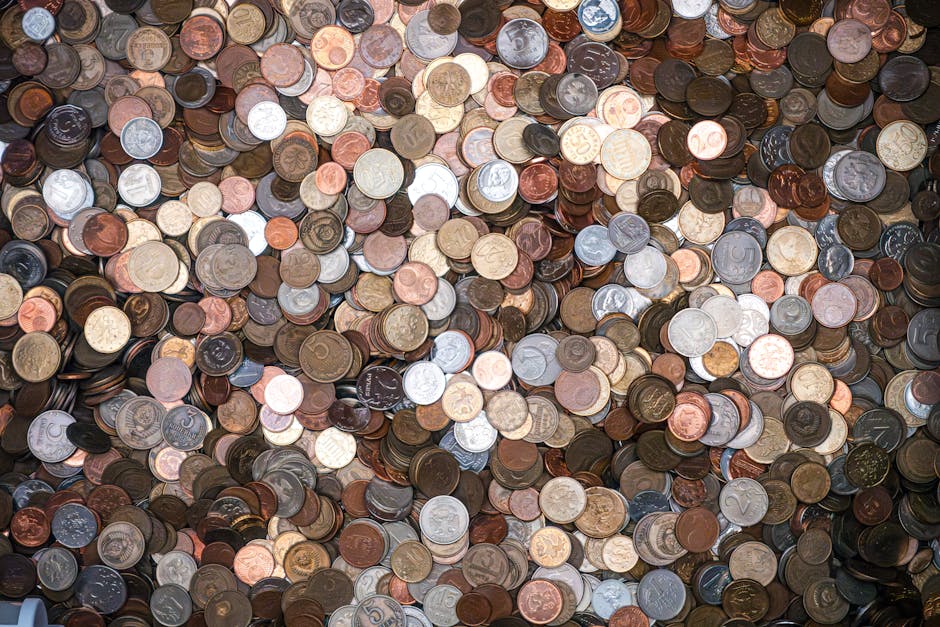
The Economics of Penny Production:
Producing pennies isn’t without its economic considerations. The cost of producing a penny often exceeds its face value. This has sparked ongoing debate about the viability of continuing penny production. Discussions regarding eliminating the penny or altering its composition are frequently revisited.
Environmental Impact of Penny Production:
The environmental impact of penny production is another important factor to consider. Mining, refining, and transporting metals contribute to greenhouse gas emissions and other environmental concerns. The debate surrounding the penny also involves assessing its environmental footprint against the potential benefits of recycling or eliminating the coin altogether.
Collecting Pennies: A Popular Hobby:
Despite their low monetary value, pennies have become a popular item for collectors. Variations in mintage, errors, and even subtle differences in design can significantly increase a penny’s worth to collectors. This has created a vibrant market for rare and valuable pennies.
The Future of Penny Production:
The future of penny production remains uncertain. The ongoing debate regarding its cost-effectiveness and environmental impact continues to influence policy discussions. While the Lincoln cent remains a staple of American currency, its future will depend on a careful balancing of economic, environmental, and social considerations.
Conclusion:
From its humble beginnings to its current, technologically advanced production, the journey of the Treasury penny is a compelling reflection of American history, technology, and economics. Understanding its production process reveals a fascinating blend of precision engineering, rigorous quality control, and ongoing economic and environmental debate, making the penny far more intricate than its simple appearance suggests.
